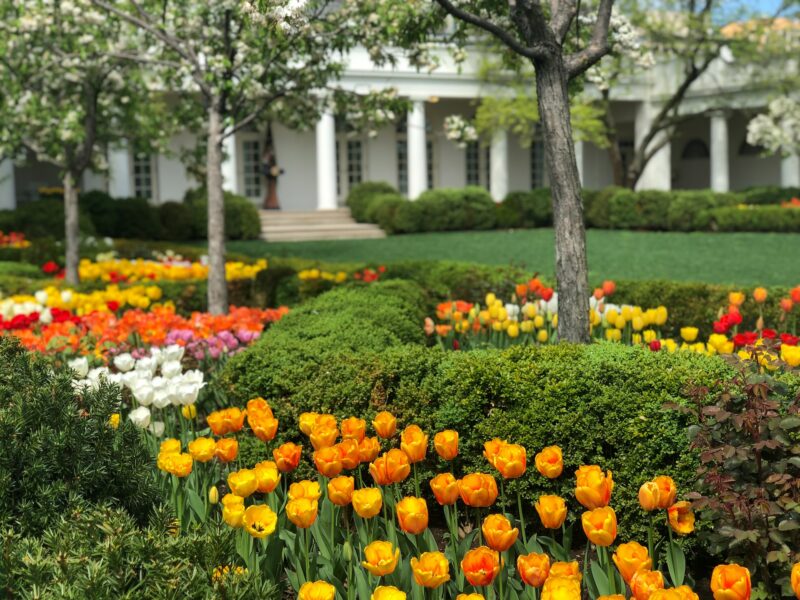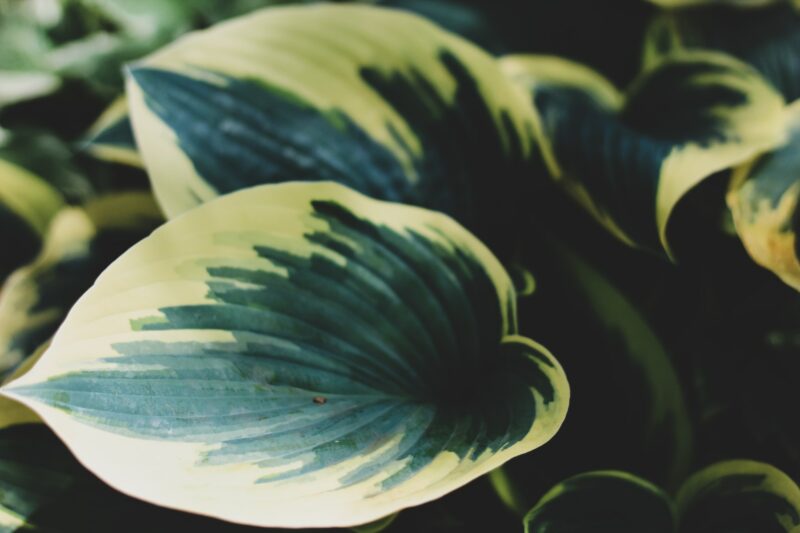
Tulips are one of the most recognizable and iconic flowers, frequently used in grand displays, parks, and residential landscapes because of their large and bright flowers. They are spring-blooming perennials and are a member of the lily family, having around 75 species. Tulips have been cultivated in Constantinople as early as 1055 and in the 15th century became the symbol of the Ottomans. It became popular in Western Europe and became extraordinarily expensive and sought after during a period called the tulip mania. This flower has since been associated with the Netherlands and has remained popular over time, perhaps because or despite infection with a virus that breaks its colors and created beautiful new patterns. At present, the Netherlands is the main producer of commercial tulips worldwide, up to billions of bulbs, and majority for export.
Caring for Tulips
Problems with Tulips
Best Uses
Interested in growing tulips at your home? Give our team a call at Likas Landscaping, and we’ll be there to make your garden beautiful again.



